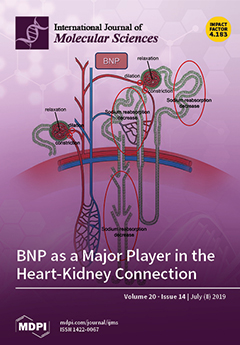Electrodialysis (ED) with ion-exchange membranes is a promising method for the extraction of phosphates from municipal and other wastewater in order to obtain cheap mineral fertilizers. Phosphorus is transported through an anion-exchange membrane (AEM) by anions of phosphoric acid. However, which phosphoric acid anions carry the phosphorus in the membrane and the boundary solution, that is, the mechanism of phosphorus transport, is not yet clear. Some authors report an unexpectedly low current efficiency of this process and high energy consumption. In this paper, we report the partial currents of H
2PO
4−, HPO
42−, and PO
43− through Neosepta AMX and Fujifilm AEM Type X membranes, as well as the partial currents of H
2PO
4− and H
+ ions through a depleted diffusion layer of a 0.02 M NaH
2PO
4 feed solution measured as functions of the applied potential difference across the membrane under study. It was shown that the fraction of the current transported by anions through AEMs depend on the total current density/potential difference. This was due to the fact that the pH of the internal solution in the membrane increases with the growing current due to the increasing concentration polarization (a lower electrolyte concentration at the membrane surface leads to higher pH shift in the membrane). The HPO
42− ions contributed to the charge transfer even when a low current passed through the membrane; with an increasing current, the contribution of the HPO
42− ions grew, and when the current was about 2.5
ilimLev (
ilimLev was the theoretical limiting current density), the PO
43− ions started to carry the charge through the membrane. However, in the feed solution, the pH was 4.6 and only H
2PO
4− ions were present. When H
2PO
4− ions entered the membrane, a part of them transformed into doubly and triply charged anions; the H
+ ions were released in this transformation and returned to the depleted diffusion layer. Thus, the phosphorus total flux,
jP (equal to the sum of the fluxes of all phosphorus-bearing species) was limited by the H
2PO
4− transport from the bulk of feed solution to the membrane surface. The value of
jP was close to
ilimLev/
F (
F is the Faraday constant). A slight excess of
jP over
ilimLev/
F was observed, which is due to the electroconvection and exaltation effects. The visualization showed that electroconvection in the studied systems was essentially weaker than in systems with strong electrolytes, such as NaCl.
Full article






